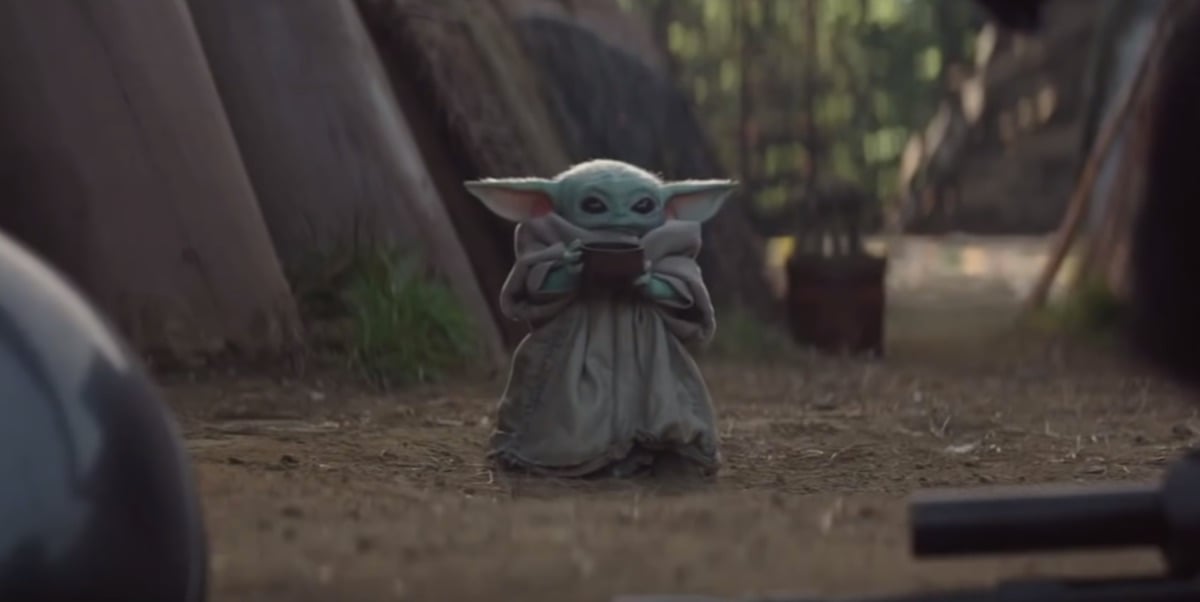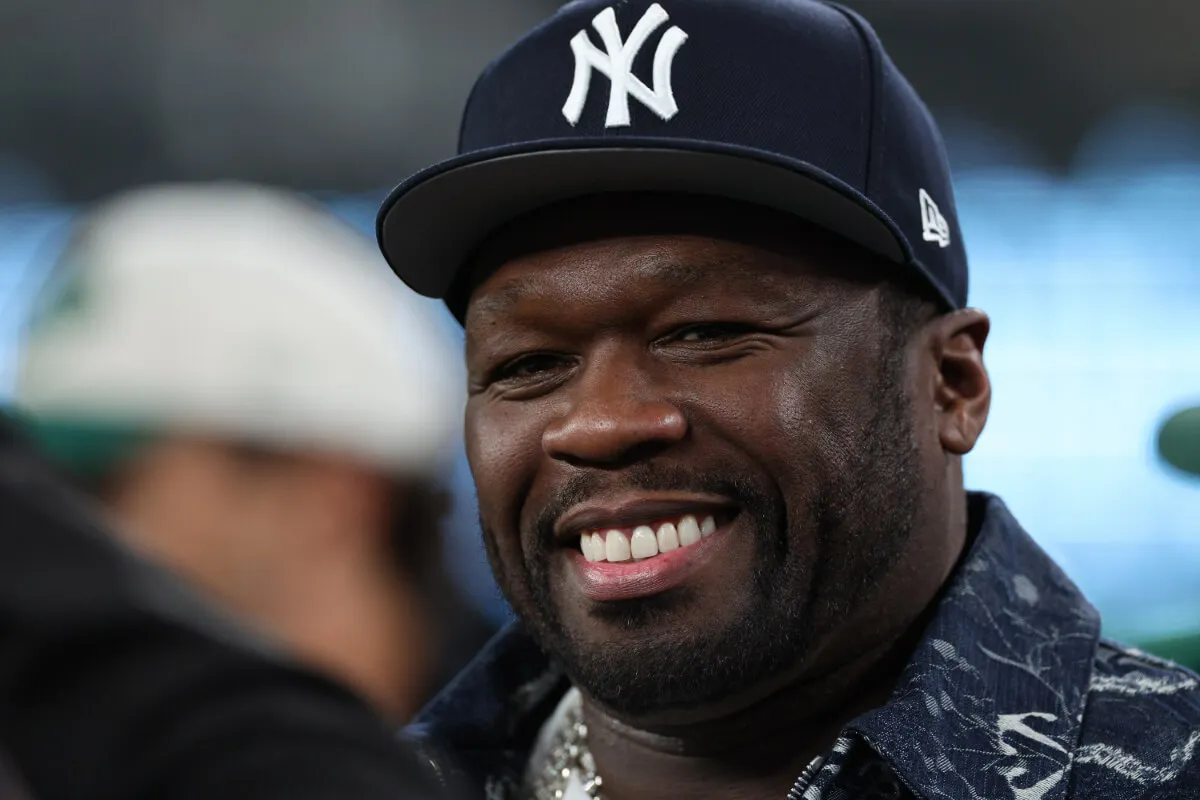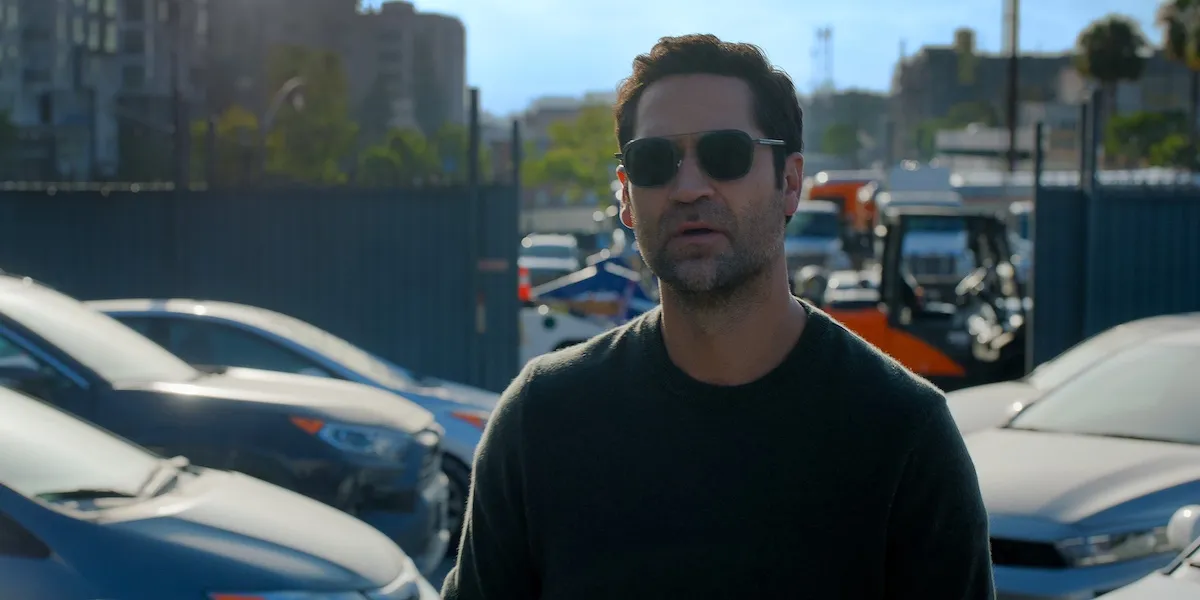Who (or What) Voices Baby Yoda? It Was a Collaborative Effort
Star Wars is very futuristic, even if it does take place a long time ago in a galaxy far, far away. Due to this new frontier with all its alien and unique beings, sound effect editors have to get creative. With beloved new characters like Baby Yoda, who don’t sound or use human words, using a combination of things helped them out.

Animals and babies are responsible for the cute, gurgling Baby Yoda
David Acord and Matthew Wood are the editors that worked on the recent Star Wars projects The Mandalorian and The Rise of Skywalker. In an interview with The Hollywood Reporter on Jan. 29, Acord shared what made Baby Yoda coo. “I was recording animals at this wildlife rescue outside of San Diego,” he said. “Two of the animals I recorded had this really cute, almost childlike quality to them. One was a bat-eared fox, and one is a kinkajou.” Kinkajou looks kind of like a lemur but is more closely related to a raccoon. And the bat-eared fox looks almost like a sand fox.
Even though Baby Yoda doesn’t speak words yet, Acord said that showrunner Jon Favreau wanted something a little more “human-sounding.” “We dialed way back on the animal part, and now that’s just there for little grunts and coos and purring,” he said. “We used some real baby vocals for when [The Child] gets really fussy and that kind of thing. Then I have some of my own vocal in there, too, for more of the articulated vocalizations, pitched way up. So it’s a combination of things.”
Babu Frik, from ‘The Rise of Skywalker’ has a ‘Harry Potter’ connection
When Episode IX came out, Babu Frik gave Baby Yoda a little run for his money. The adorable and eccentric little alien could rewire and hack C-3PO just as good as he could yell his name. The alien was voiced by Shirley Henderson, who is best known for playing Moaning Myrtle in the Harry Potter movies.
Henderson also learned how to be a puppeteer for Babu Frik, adding her own flair to the character. “She could improv and actually move the character’s mouth,” Wood said. “She was puppeteering while she was doing the improv for the character. She came up with that language and performed it that way. We preserved all of her production sounds, and that was entirely shot on set, live, with her own movement.”
No animals were harmed in the making of ‘Star Wars’
Animal sounds have a long history with Star Wars. Donkeys were the voices for Tusken Raiders, pigs for the Acklay in Attack of the Clones, and Asian sea otters made up the sounds for the Tauntaun in Empire Strikes Back. Back in the day, elephants were the voices behind TIE fighters, and they still are.
“In Rise of Skywalker, for the movement where Rey flips over Kylo’s TIE fighter and that whole approach, we use new elephant scream sounds,” Acord said. “We use some other animal screaming sounds — no animals were harmed during the recordings of that — and some other motor sounds we used to give it more power.”
Turns out, high-budget sound systems can help in producing a movie, but you could also just autotune your pet for a futuristic, alien makeover.


